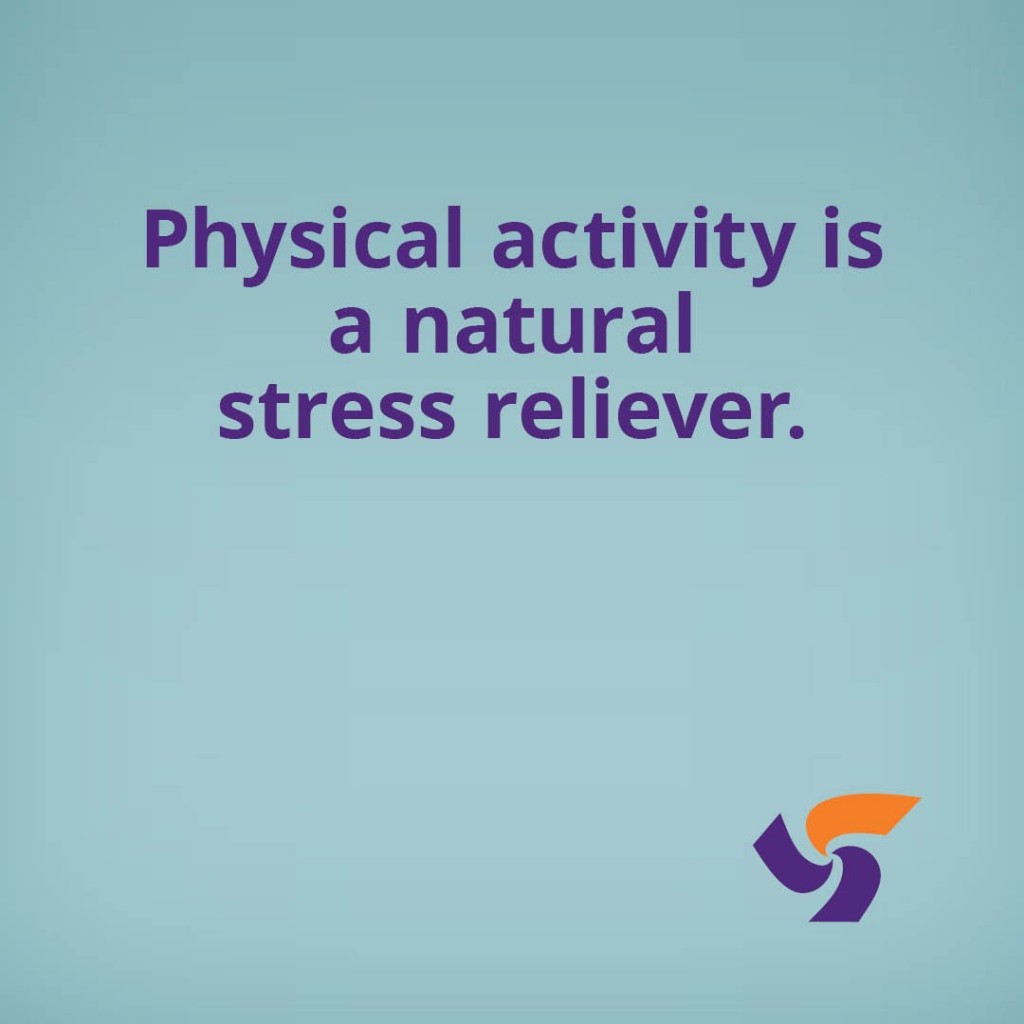Rhodes, R.E., Guerrero, M.D., Vanderloo, L.M. et al. Development of a consensus statement on the role of the family in the physical activity, sedentary, and sleep behaviours of children and youth. Int J Behav Nutr Phys Act 17, 74 (2020).
The Canadian 24-Hour Movement Guidelines were recently developed to provide public health guidelines integrating recommendations for physical activity, sedentary, and sleep behaviours for the pediatric population ranging from 0 to 4 years and 5 to 17 years.
Children and youth who adhere to these guidelines are more likely to display healthy growth, body composition, cardiorespiratory and musculoskeletal fitness, cardiovascular and metabolic health, motor development, cognitive development, academic achievement, emotional regulation, pro-social behaviours, and overall quality of life.
Unfortunately, among Canadian children, only 13% of 3–4-year-olds, 17% of 5–17 year-olds, and 3% of 11–15 year-olds adhere to the Canadian 24-Hour Movement Guidelines. Similar low adherence to healthy movement behaviour recommendations among children and youth have been reported in samples from Australia, Belgium, Mozambique, New Zealand, Sweden, the United Kingdom, the United States, and even lower adherences in China, Singapore and South Korea.
Parenting practices that influence child and youth health behaviours include components of responsiveness (providing encouragement and autonomy), structure (providing social and physical environments) and demandingness (restrictive and punitive practices).
With constantly changing environments (including practices, policies, social norms, built features, technology) at home, childcare centres, schools and in communities, coupled with the new paradigm of integrated movement behaviours, the challenges for achieving healthy movement behaviours can be overwhelming for families and those who support them (e.g., public health professionals, health care providers, teachers, policymakers).
Active Healthy Kids Canada and ParticipACTION (Canadian not-for-profit organizations) have been producing Canadian Report Cards on Physical Activity for Children and Youth since 2005.
This Consensus Statement on the Role of the Family in the Physical Activity, Sedentary, and Sleep Behaviours of Children and Youth is the latest in this list of knowledge products and is contained within the 2020 ParticipACTION Report Card on Physical Activity for Children and Youth.






